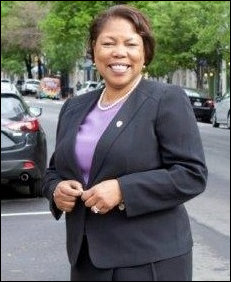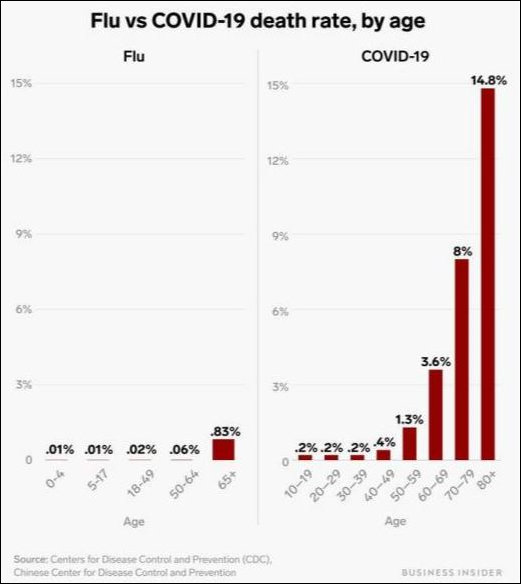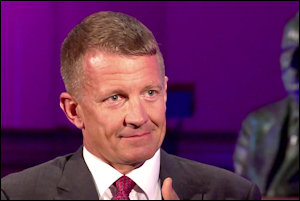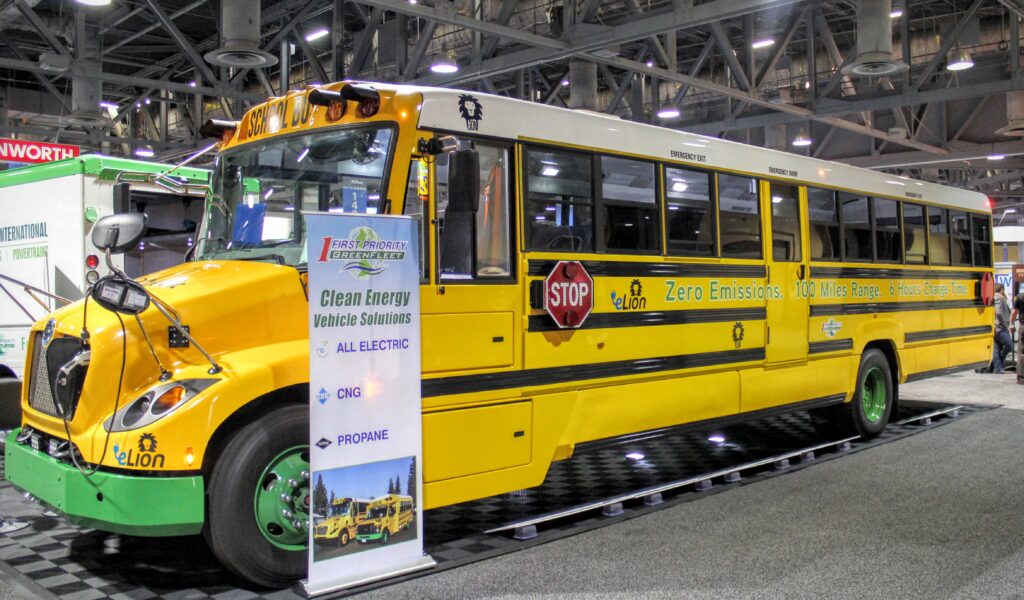 All I need is the air that I breathe. Recent research indicates that the coronavirus can live in air for 3 hours post aerosolization. The Hill reports that, “A study awaiting peer review from scientists at Princeton University, the University of California-Los Angeles and the National Institutes of Health (NIH) posted online Wednesday indicated that the COVID-19 virus could remain viable in the air up to 3 hours post aerosolization, while remaining alive on plastic and other surfaces for up to three days.” Previous media reports maintained that the Coronavirus required direct human contact in order to be transmitted. To be clear, this research has not been peer reviewed. However, public policy decisions would seem to be impacted if the Coronavirus can survive for hours suspended in air.
All I need is the air that I breathe. Recent research indicates that the coronavirus can live in air for 3 hours post aerosolization. The Hill reports that, “A study awaiting peer review from scientists at Princeton University, the University of California-Los Angeles and the National Institutes of Health (NIH) posted online Wednesday indicated that the COVID-19 virus could remain viable in the air up to 3 hours post aerosolization, while remaining alive on plastic and other surfaces for up to three days.” Previous media reports maintained that the Coronavirus required direct human contact in order to be transmitted. To be clear, this research has not been peer reviewed. However, public policy decisions would seem to be impacted if the Coronavirus can survive for hours suspended in air.
Overstaying your welcome. Researchers have evidence that people infected with the Coronavirus will remain infectious longer than previously believed. The Hill reports on a study by The Lancet, a British medical journal, indicating that people suffering from COVID-19 may be able to spread the disease for up to 37 days. If true, this finding calls into question the previously held expert opinion that recommended an isolation period of 14 days after infection.
Cancel culture. Cancellations of anything and almost everything continue to pile up. Examples include Ireland closing its schools and colleges, the NCAA Men’s National Basketball Tournament being held without fans in the audience, Italy closing almost all shops (other than grocery stores and pharmacies) and the NBA suspending its season starting today.
Implications for Virginia. Virginia’s response to the COVID-19 breakout remains sporadic at best. (more…)

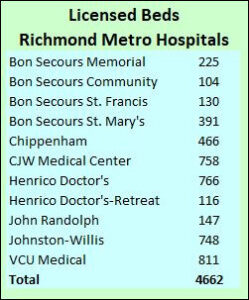

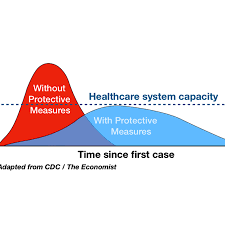 By DJ Rippert
By DJ Rippert

